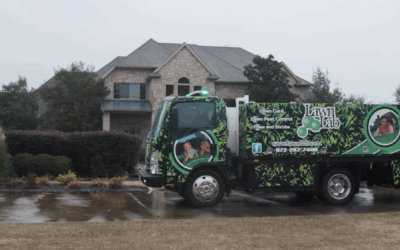KEY TAKEAWAYS
- How renting, leasing, and capital lending offer distinct advantages depending on your equipment needs and business goals.
- How standard terms in contracts can impact cost, flexibility, and long-term value—it’s important to understand them upfront.
- Understanding the pros and cons related to ownership, payments, and commitment length.
- Choosing the right strategy depends on usage frequency, available cash flow, and long-term operational plans.

According to the Equipment Leasing and Finance Association (ELFA), nearly 80% of businesses use leases, secured loans, or lines of credit to obtain equipment, but it’s not the only option for landscaping and lawn care business owners. Landscaping equipment rentals represent a significant portion of the nearly $80 billion equipment rental industry as well. Additionally, financing options, such as capital lending through your software provider, offer another way to acquire essential equipment while preserving cash flow.
Whether you’re a new business owner investing in equipment or an established company evaluating your current equipment strategy, understanding the nuances of rental agreements and leasing contracts is essential. So let’s break down the pros and cons of leasing, renting, and capital lending to help you determine which option is best for your business.
Renting vs. leasing vs. capital lending for lawn care equipment
If you own a lawn care business and are looking to invest in new equipment, it’s important to carefully weigh your options and consider the benefits and downsides of each option to maintain healthy cash flow and operational efficiency. To really get a feel for how each one works, here’s a glimpse at some of their core characteristics.
Renting
Equipment rentals involve short-term arrangements, typically lasting from a few days to upwards of several months. Those flexible rental periods allow businesses to acquire the equipment they need for short periods without the massive investment of purchasing that equipment.
Rental companies also update their fleets with new and advanced equipment to ensure renters have access to working gear. Likewise, maintenance costs often accompany rental agreements, meaning there are fewer upkeep demands. A rental solution is perfect for seasonal demands or specialized equipment.
Leasing
Leasing equipment allows for longer-term options, with terms ranging from 24 months to five years. The long-term agreement allows financiers to offer operating lease and capital lease options for greater flexibility over the extended payment period.
Many lease pricing options include maintenance agreements, which reduce the need for landscape businesses to plan and pay for repairs and upkeep. A significant portion of companies enjoy tax benefits when leasing because the IRS generally considers lease payments to be deductible operating expenses.
Capital lending
Financing equipment through capital lending gives business owners another path to ownership without depleting cash reserves. Unlike renting or leasing, capital lending provides immediate ownership while allowing payments to be spread out over time.
Many software providers now offer integrated financing solutions, making it easier to secure funding directly within your business management platform—and with more favorable terms, like using a percentage of your sales as a form of repayment.
This option provides flexibility, allowing you to invest in the equipment you need without long-term rental or lease commitments. Additionally, interest rates and repayment terms can often be more favorable compared to traditional bank loans.
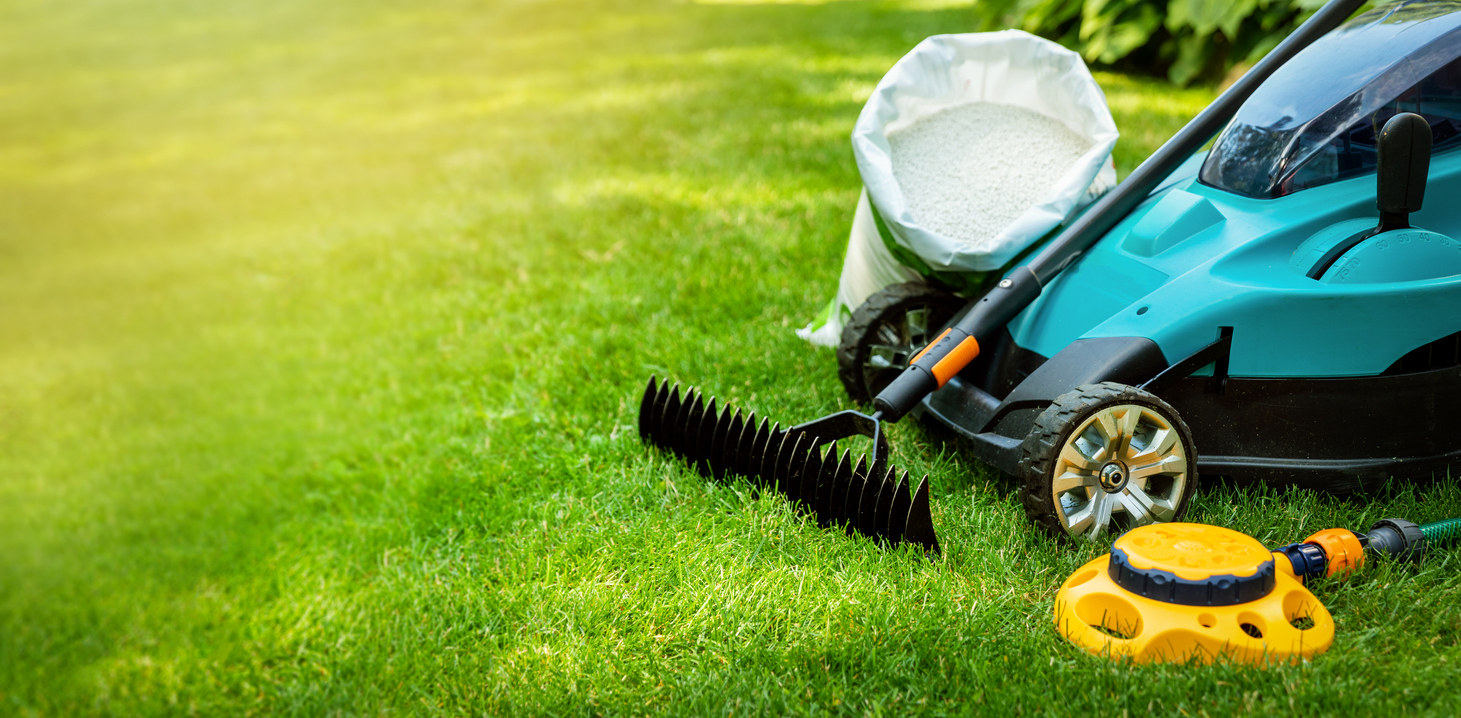
Understanding standard terms in equipment rentals, leases, and capital lending
Before you decide one option is better than the other, let’s define some of the jargon used by capital lenders, rental companies, and lease professionals, so you can understand the terms of an agreement and make a more informed decision.
Rental agreement terms
- Rental agreements: These are daily, weekly, or monthly contracts that outline the cost of renting, the condition of equipment, late fees, insurance requirements, maintenance schedules, and damage liability clauses.
- Rates: Rental companies typically dictate rates at the monthly level and set daily rates at 1/30th of monthly pricing and weekly rates at 1/4 or 1/5 of the monthly rate. Some companies may offer discount pricing on longer equipment rental agreements or repeat rentals.
Leasing contract terms
- Lease agreement: This contract outlines the lease costs, condition requirements, fees, insurance, and maintenance schedules. Leases can be closed-end or open-end, which offers an additional level of flexibility or security for landscaping businesses.
- Fair market value: Known as an FMV clause, the fair market value is what the equipment is worth at the end of the lease agreement. This is what you’ll pay to buy the equipment once your lease ends.
- Residual value: The lessor calculates the residual value to determine the cost of your lease. This is the estimated value the equipment will have after the lease term ends.
Fair market value and residual value might sound confusingly similar, but residual value is what the lessor expects the value to be at the end of the term, while FMV is the actual value at the time the lease ends. FMV can end up being higher or lower than residual value, depending on market and economic factors like supply and demand.
Capital lending terms
- Loan agreement: This is the contract that outlines the loan amount, repayment terms, interest rates, and collateral (if required).
- Financing rates: Rates vary based on creditworthiness and lender terms but can be competitive with bank loans, especially when working with a provider that understands the industry.
- Ownership terms: Unlike leasing, financing leads to ownership once the loan is repaid, providing a long-term asset for your business.
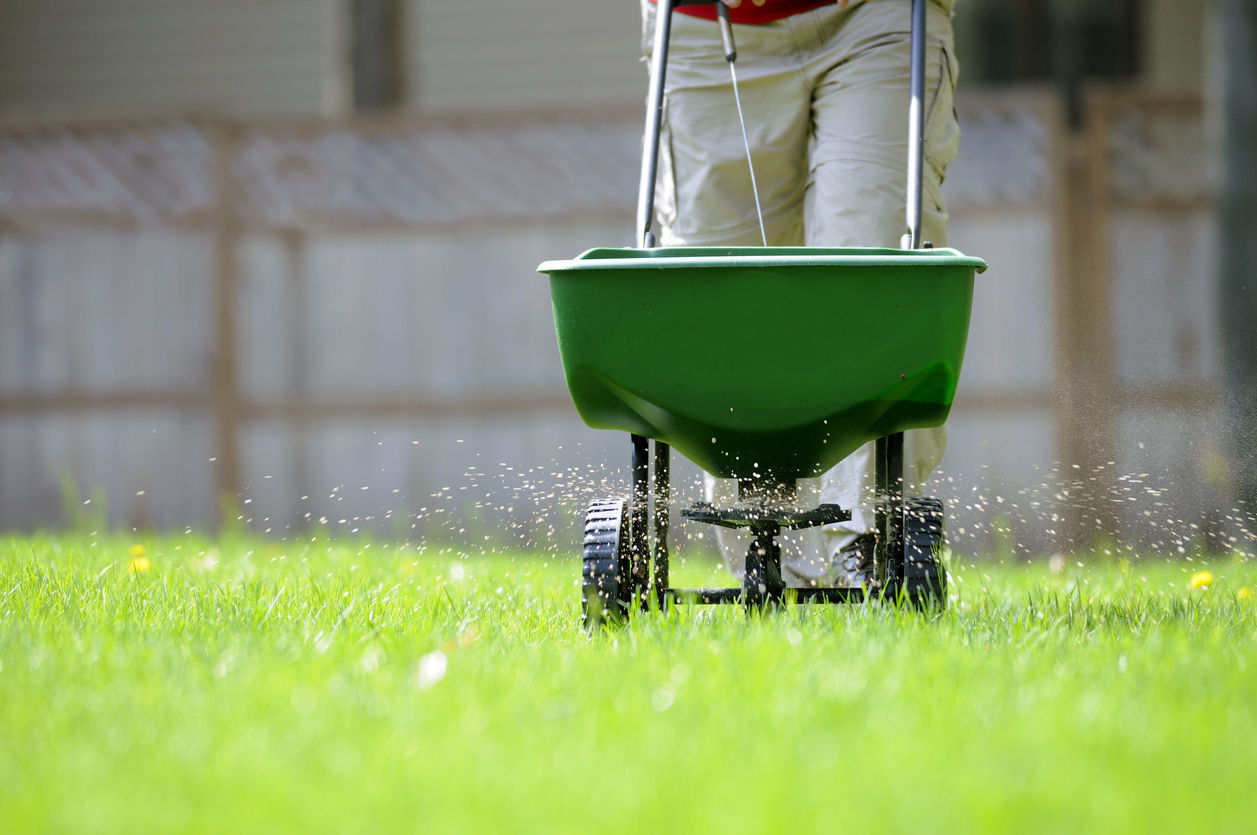
Maintenance requirements and support for landscaping equipment
Rental companies inspect equipment when companies return it, before companies pick up rentals, and when equipment sits unused for extended periods of time.
Usually, landscape business owners who rent equipment don’t have to worry about maintenance because the rental provider handles those costs and tasks. Renters may experience potential downtime when equipment needs repairs, but the company may also provide a suitable replacement.
On the other hand, maintenance isn’t always an included option for leases. In some instances, regular preventative maintenance (PM) is part of the agreement and factored into the monthly cost.
Service contracts may also be an add-on option, allowing businesses to purchase PM plans for an extra cost. A subset of lease agreements may have owners bearing all the maintenance responsibilities, which means PM schedules and costs are up to you.
Pros and cons of renting lawn care equipment
Rental equipment offers flexibility without the commitment of ownership, but it comes with some considerations.
Pros:
- Access professional-grade equipment without large upfront investments or long-term financial commitments
- Avoid ongoing maintenance costs, storage concerns, and depreciation of equipment
- Try the latest models and specialized tools for specific projects
- Preserve capital for other business expenses
- Benefit from tax deductions
Cons:
- Higher costs over time for frequent users compared to ownership
- Limited availability and potentially higher rates during peak lawn care seasons
- Transportation logistics and additional time needed to pick up and return equipment
- Possible variation in equipment condition and need to adapt to different models
- Scheduling constraints based on rental company hours and availability
Pros and cons of leasing lawn care equipment
Leasing lawn care equipment provides a structured approach to equipment acquisition, combining elements of both renting and ownership while offering unique financial advantages. Here’s what to think about before leasing lawn equipment:
Pros:
- Lower initial investment compared to purchasing business equipment outright
- Fixed monthly payments make budgeting and cash flow management easier
- Maintenance and service contract options available to reduce unexpected repair costs
- Opportunity to upgrade to newer models when lease terms end
- Tax advantages through deductible lease payments
- Helps build business credit through consistent payment history
Cons:
- Requires long-term financial commitment, typically 2-5 years
- Potential to lose equipment after lease term
- Total cost over the lease term may exceed the purchase price
- Substantial penalties for early contract termination (ETFs)
- Additional insurance coverage required
- Limited flexibility to modify or sell equipment during the lease term
- Potential depreciation concerns if purchasing equipment at lease end
Capital lending pros and cons
Capital lending has a lot of benefits, such as up-front ownership with no restrictions or complex maintenance contracts, but there are also some potential downsides you should be aware of.
Pros:
- Immediate equipment ownership
- Flexible repayment terms based on business cash flow
- Preserve credit lines for other business needs
- Potential tax benefits for equipment depreciation
- No long-term rental or lease restrictions
Cons:
- Requires a credit check and approval process
- Monthly loan payments impact cash flow
- Equipment value may depreciate over time
- Interest costs vary based on lender terms
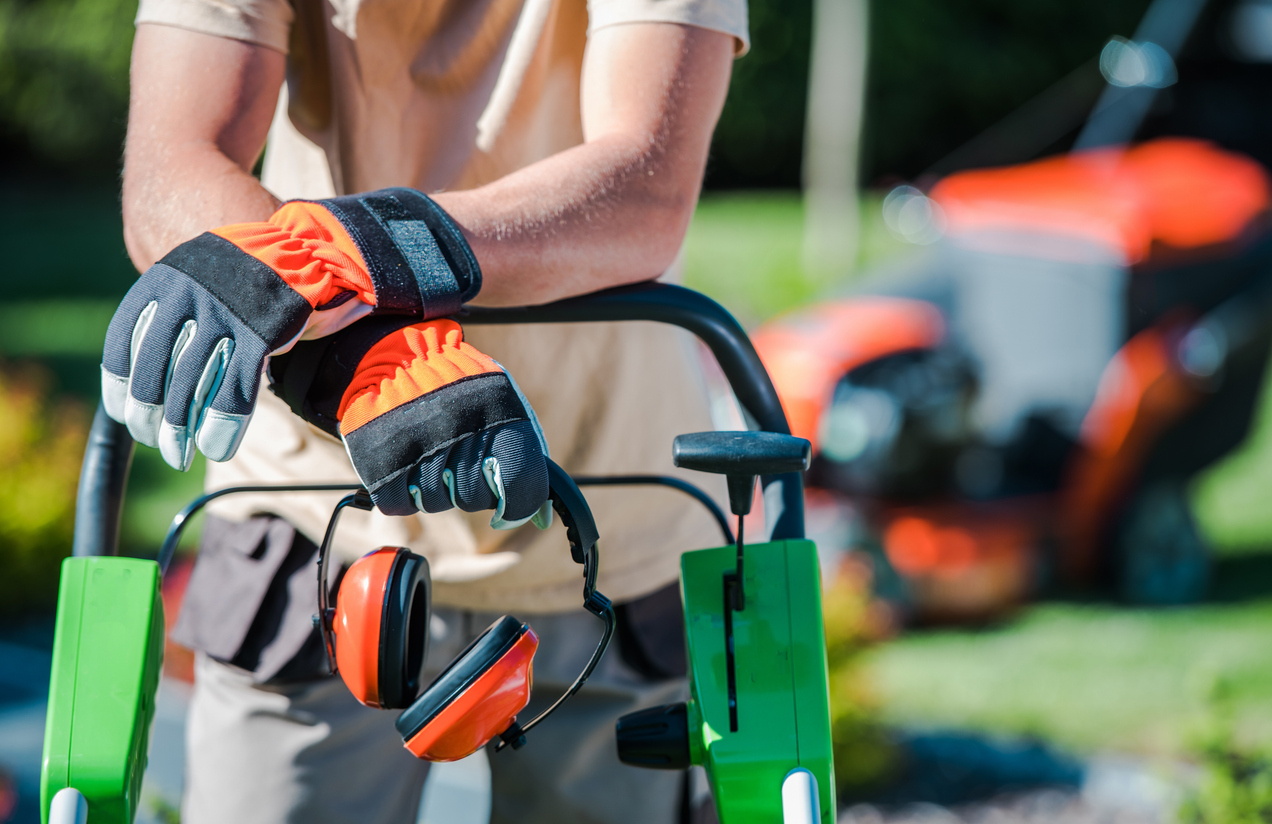
How to determine which option is best for your lawn care business
The decision to lease, rent, or take advantage of capital lending depends mainly on your long-term business strategy, equipment needs, and financial planning preferences, so these key factors should guide your decision-making process. A comprehensive analysis lets you determine which option best aligns with your specific situation and business objectives.
Business profile assessment
First, you’ll need to take a hard look at your business needs and capabilities, both now and in the future, to ensure your choice makes sense long term.
- Evaluate your company’s maturity stage and growth trajectory
- Consider current equipment utilization rates and projected future needs
- Analyze existing service contracts and project pipeline
- Review your maintenance team’s capabilities and resources
Financial analysis
Next, you should weigh the financial pros and cons of renting vs. leasing—but don’t forget to consider financing as well.
- Compare working capital requirements for each option
- Compare custom lease agreement terms from different providers
- Calculate ROI projections for extended equipment use
- Consider alternative lending solutions and current interest rates
- Review tax implications and potential deductions
- Assess monthly cash flow impact versus seasonal revenue patterns
Equipment considerations
After that, you can look at your specific equipment needs to ensure a potential rental or lease agreement will accommodate them.
- Evaluate technological advancement rates in desired equipment
- Compare manufacturer warranty terms versus lease coverage
- Analyze seasonal usage patterns and peak demand periods
- Consider equipment customization needs and restrictions
- Review transportation and storage capabilities
Operational impact
Finally, evaluate your current operations to determine whether leasing or renting will have any impact on things like scheduling, training, and maintenance.
- Assess scheduling flexibility requirements
- Consider staff training needs for different equipment models
- Evaluate maintenance and repair responsibilities
- Analyze equipment downtime impact on operations
- Review project timeline constraints and equipment availability
Using a structured approach ensures a thorough evaluation of all factors affecting your equipment acquisition decision. Learning as much as you can allows you to make an informed choice that supports your business objectives and financial goals.
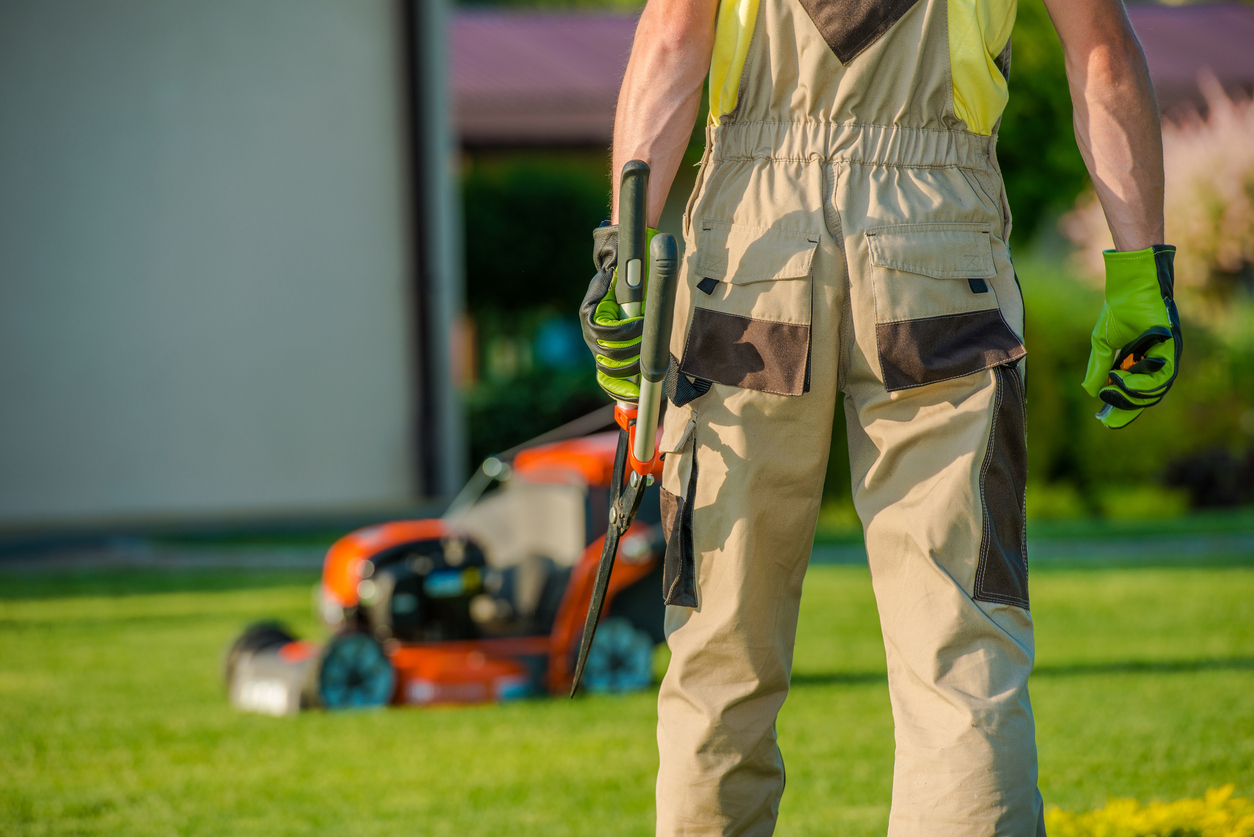
Examples and scenarios: When each option makes sense
Every lawn care business faces unique situations where either renting or leasing becomes the optimal choice. If you have a one-off job or want to test out a new seasonal service like snow removal, a rental may be ideal. But if you’re investing in equipment for a new business offering that you plan to provide long-term, such as tree care or pest control, a lease or financing might make more sense. So, in many cases, a hybrid approach offers the best of both worlds.
Optimal rental scenarios
- Small business owners needing specialized equipment for large, one-time landscaping contracts
- Seasonal businesses requiring additional capacity during peak months
- Companies testing new equipment before committing to purchase
- Temporary replacement needs during scheduled maintenance of owned equipment
- Short-term projects requiring construction equipment or advanced machinery
Ideal leasing or financing situations
- Established businesses with predictable monthly payments and steady workflows
- Companies seeking operating lease arrangements for tax benefit purposes
- Organizations requiring the latest equipment models through structured leasing agreements
- Businesses prioritizing the advantages of capital lease options
- Operations needing consistent access to heavy equipment with maintenance coverage
Hybrid approach benefits
- Maintain core equipment through leasing contracts or financing while renting specialized tools
- Balance equipment lease or financing terms with flexible rental periods for varying needs
- Combine rental payments for seasonal gear with lease payments for regular equipment
- Maximize tax-deductible operating expenses through the strategic use of both options
- Preserve operating funds while maintaining access to necessary equipment
Which option is right for your lawn care or landscaping business?
The decision between renting, leasing, or financing lawn care equipment can have long-term impacts on your business’s financial health and operational efficiency. An analysis of your company’s specific needs, combined with careful consideration of contract terms and maintenance responsibilities, will help you choose the equipment acquisition strategy that makes the most sense for you.
Once you’ve made the right choice for your needs, protect your equipment investments and optimize performance with our comprehensive Lawn Equipment Maintenance Guide.


